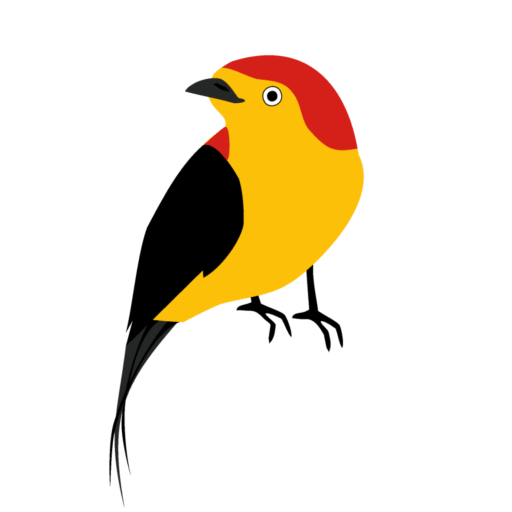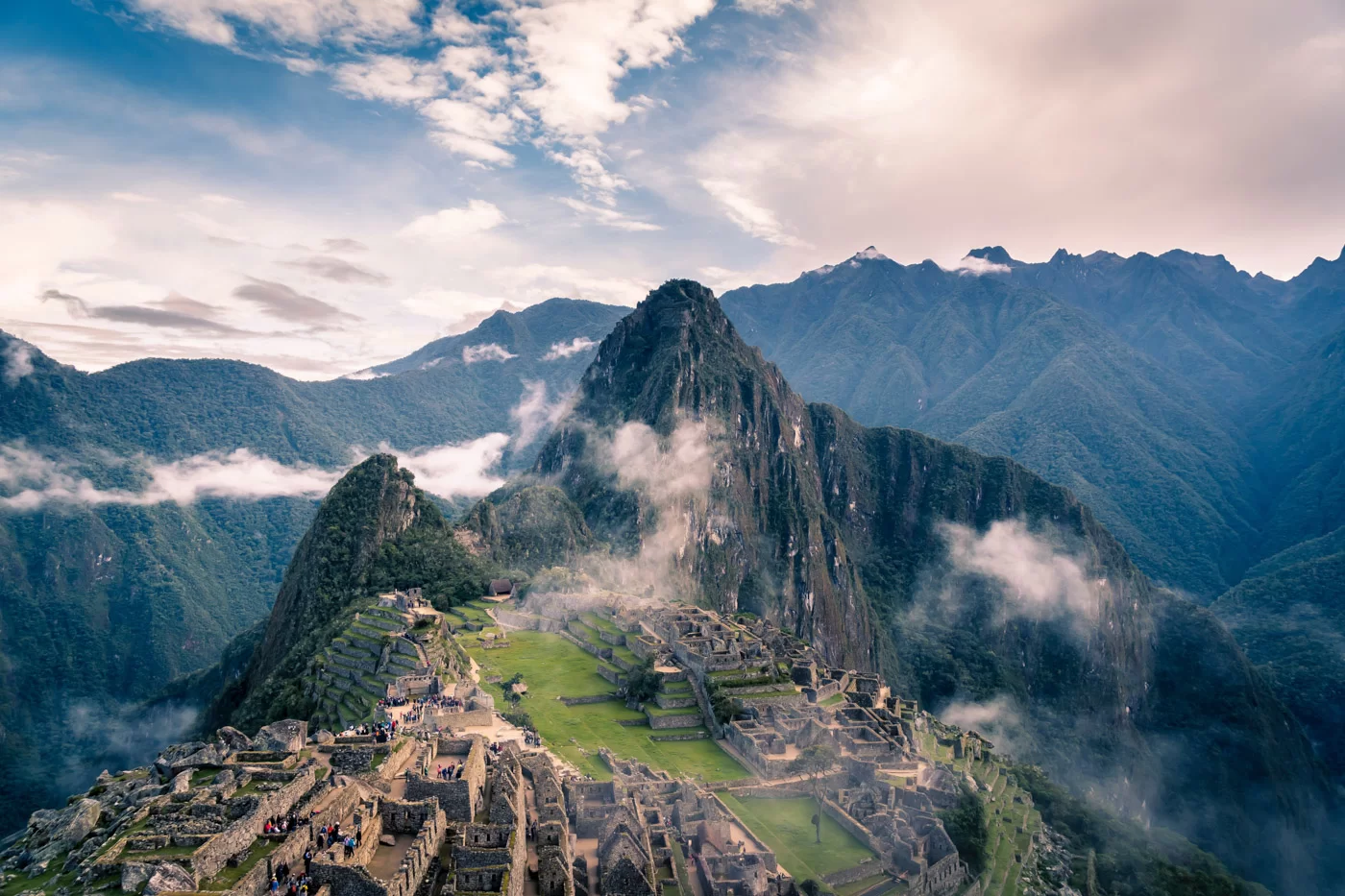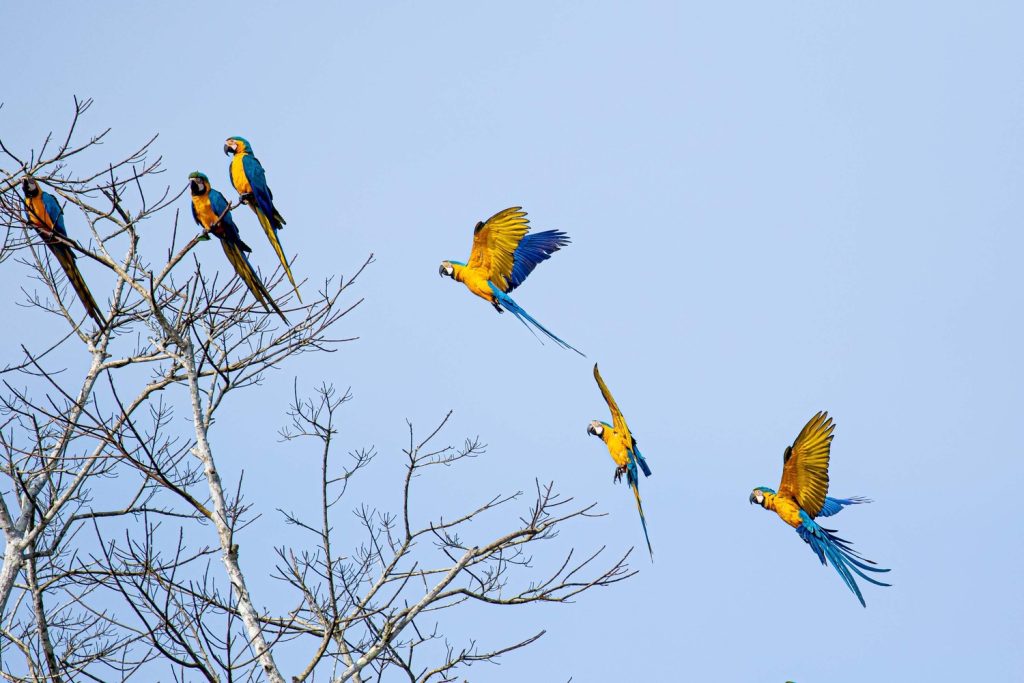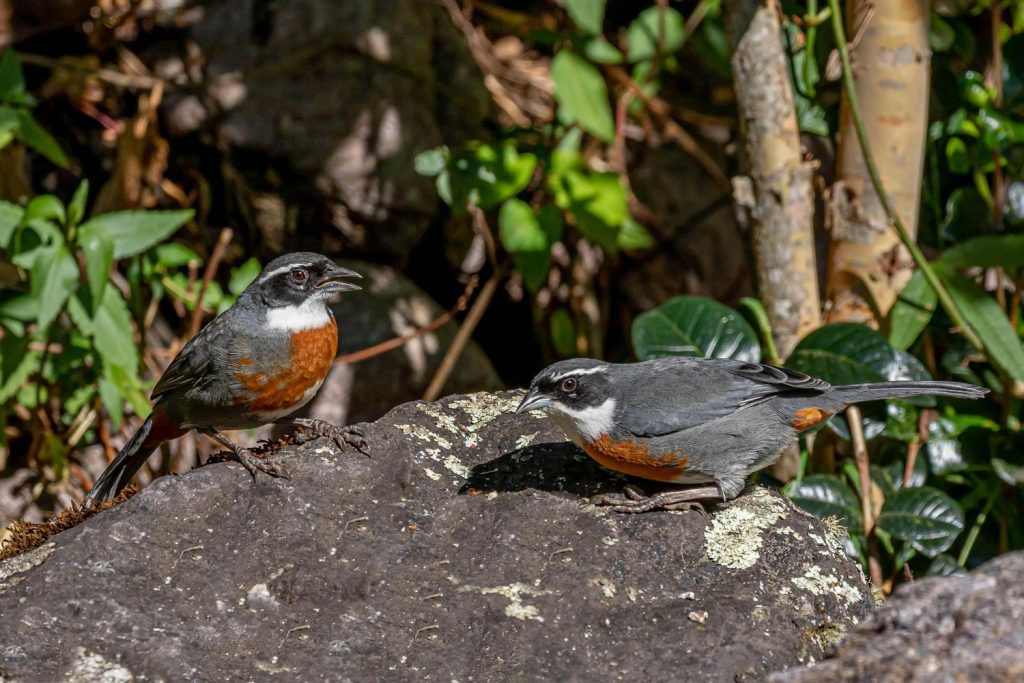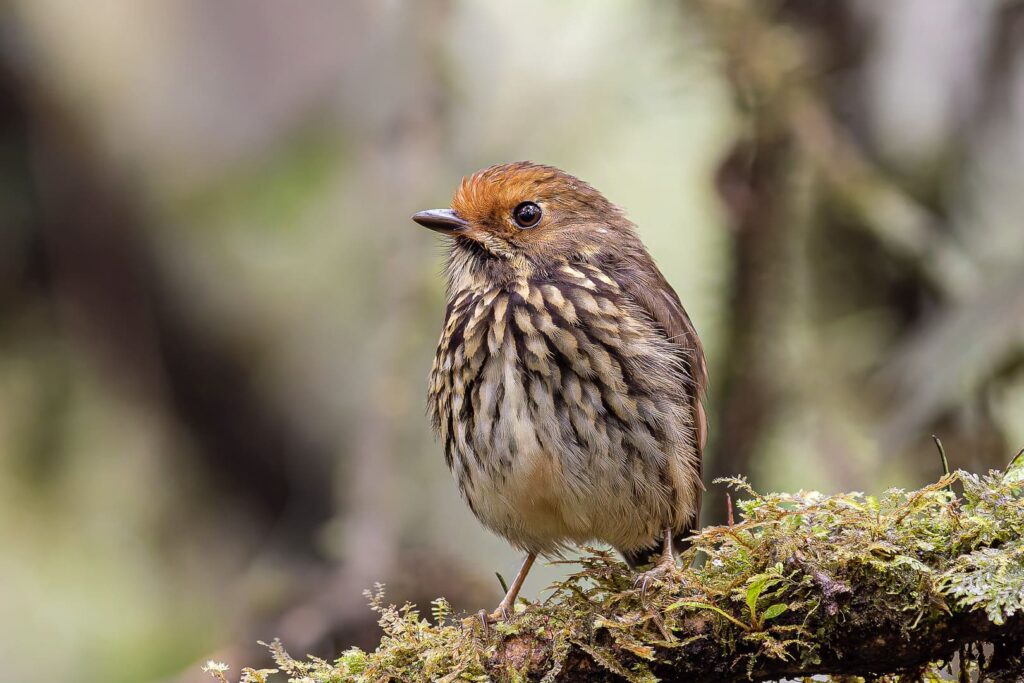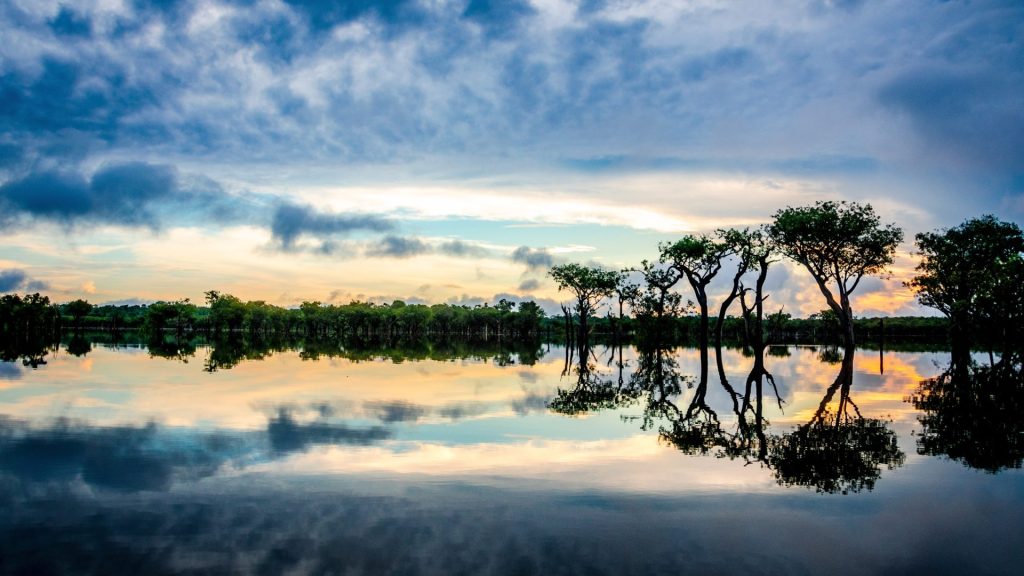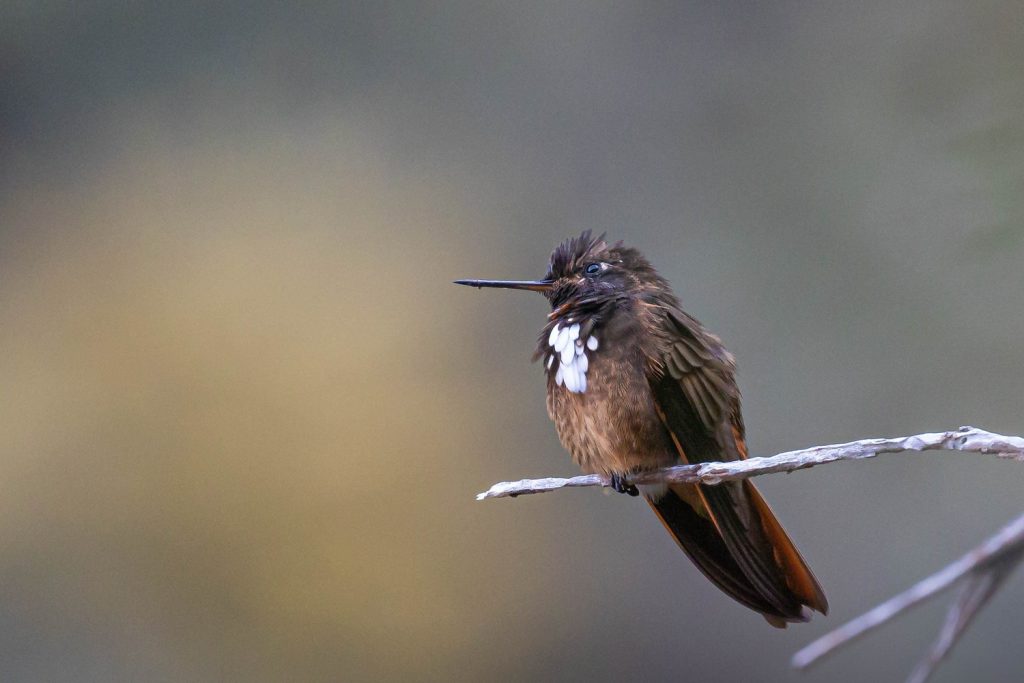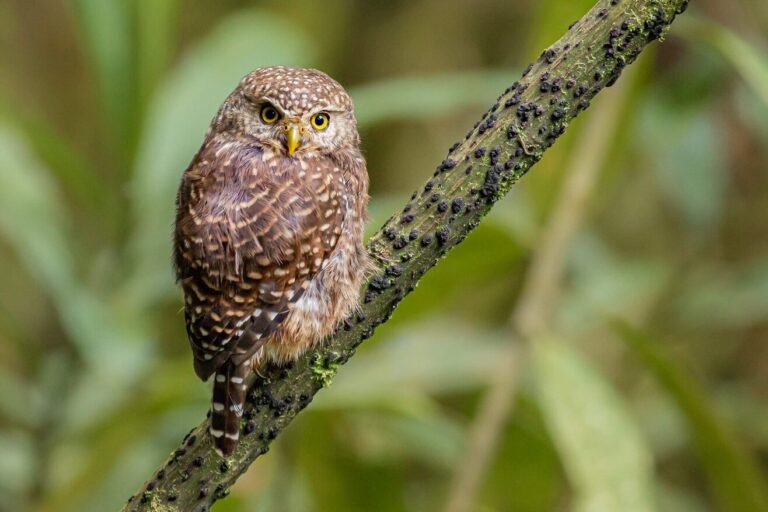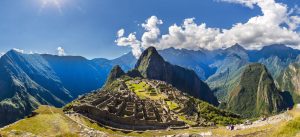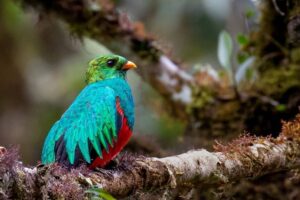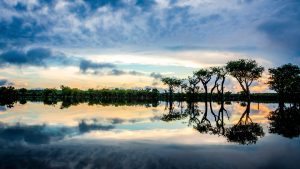By: Manakin Expeditions
Peru is a wonderful country, visited by millions of tourist and scholars of the world because of Machupicchu. It holds 1800+ species of birds and 84 of the 104 lifezones of the world. Of all the natural protected zones, Manu Park stands out among them for how pristine it remains and the relativly easy access to it´s buffer zone by car in a good dirt road recently improved making birding in Manu Road is even more confortable now.
This is a short trip report of our Senior tour leader Danny Vargas in the few days he was there in October 2022. This time Birding in Manu Road includes a dozen of Cock of the Rock displaying in a lek, two species of Quetzals, Black and chestnut Eagle´s nest, (the greatest raptor in cloudforest), Manakins, lots of Tanagers, 04 species of primates including the andean population of the Gray Woolly Monkey and higly restricted and endemic birds in an uncomparable views of the rainforest.
Keep reading below to accompany us through this incredible birding Trip. See our Birding trips here
See the Ebird Trip Report here
For our recomendations about which Field Guides you should use for Birding in Manu or the whole Peru see here.
Day 1 Wayqecha lodge
After an early arrival to Cuzco (11.00. ft), we moved to Huacarpay Wetland by car, this is the remain of an ancient lake from the Pleistocene (2,580,000). Huacarpay is relevant in terms of conservation related to migratory birds and is considered by RAMSAR Convention as a wetland of international relevance. Just 30 minutes far from Cusco, the wetland is just by the road and rewarded us with specific andean waterfowl we were looking for such as White-tufted Grebe, Puna Teal, Andean Duck, Plumbeous Rail and others. The xerophytic vegetation around the lake also permits great birding in Manu Road and we found Yellow-winged Blackbird, Many-colored Rush-Tyrant, Band-tailed Sierra-Finch, Andean Flicker, Streak-fronted Thornbird and the Endemic Rusty- fronted Canastero among others. After a resting time we could spot raptors such as Variable (Puna) Hawk and Cinereous Harrier.
After mid morning we we had already covered it so we drove couple of hours towards Paucartambo (the city of the Oropendolas in local language) and stopped in this unique site where the andean religión mixes with catholic traditions with beautiful constructions and temples. This is the entry of the emblematic Manu National Park and after a short drive we continued to Acjanaco pass where we searched for specific “elfin forest” birds such as Moustached Flowerpiercer, Puna Tapaculo, Sedge Wren.
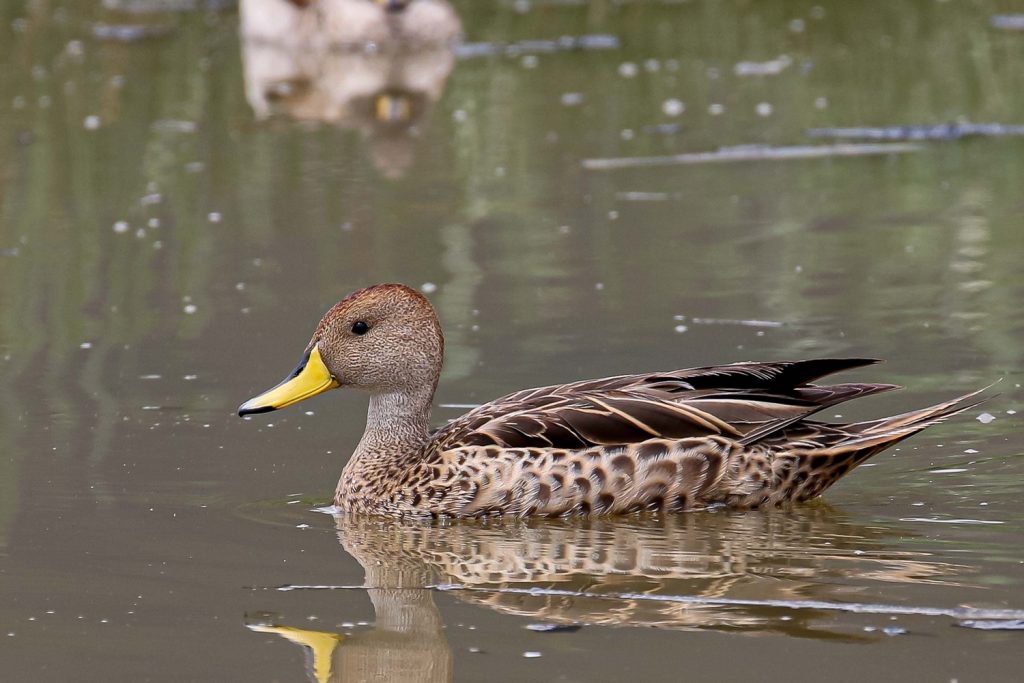
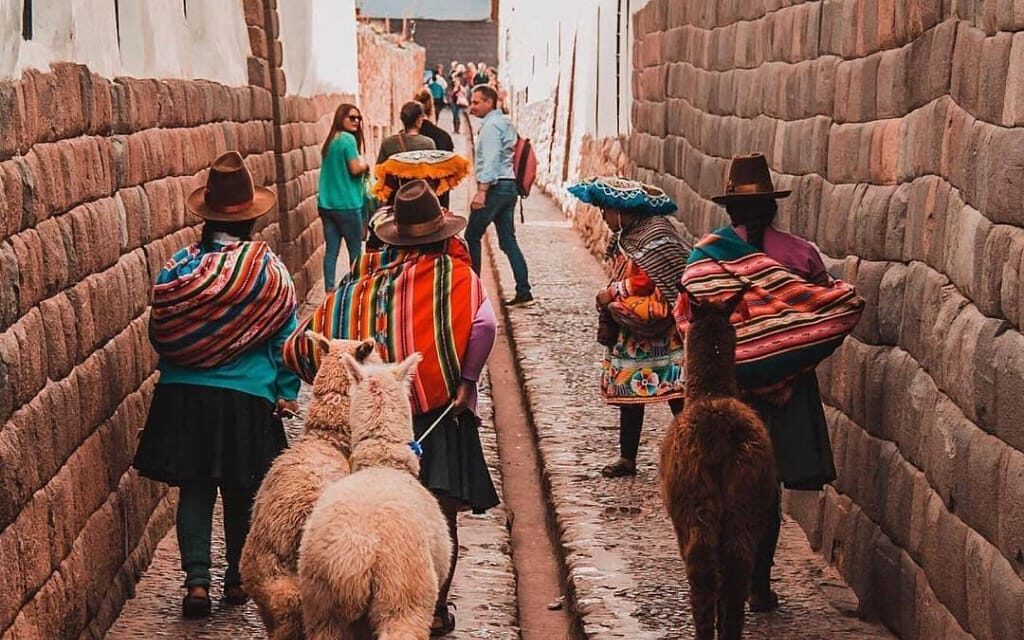
Day 2 Wayqecha (12,000 ft)
Elfin Forest is the upper part of the Cloud forest and because of the elevation the high humidity condenses right in the mountain. The habitat is rare to find pristine elsewhere and is subsequently frágil but allows excelente birding in Manu Road, We only had one day here so we started early morning and that rewarded with specialties such as Grey-breasted Mountain-toucan, Scarlet-bellied Mountain Tanager, Hooded Mountain Tanager, Grass-green Tanager, Golden-collared Tanager, Blue-backed Conebill, Black-faced Brush-finch, Barred Fruiteaters, Inca Flycatcher among many others. For the afternoon, after lunch we went for Band tailed Fruiteater, Trilling Tapaculo and Puna Thistletail to the wonderful Canopy Walk in the clouds close to the lodge. Nights here are cold but the lodge provides great service and 24 hours internet conection.
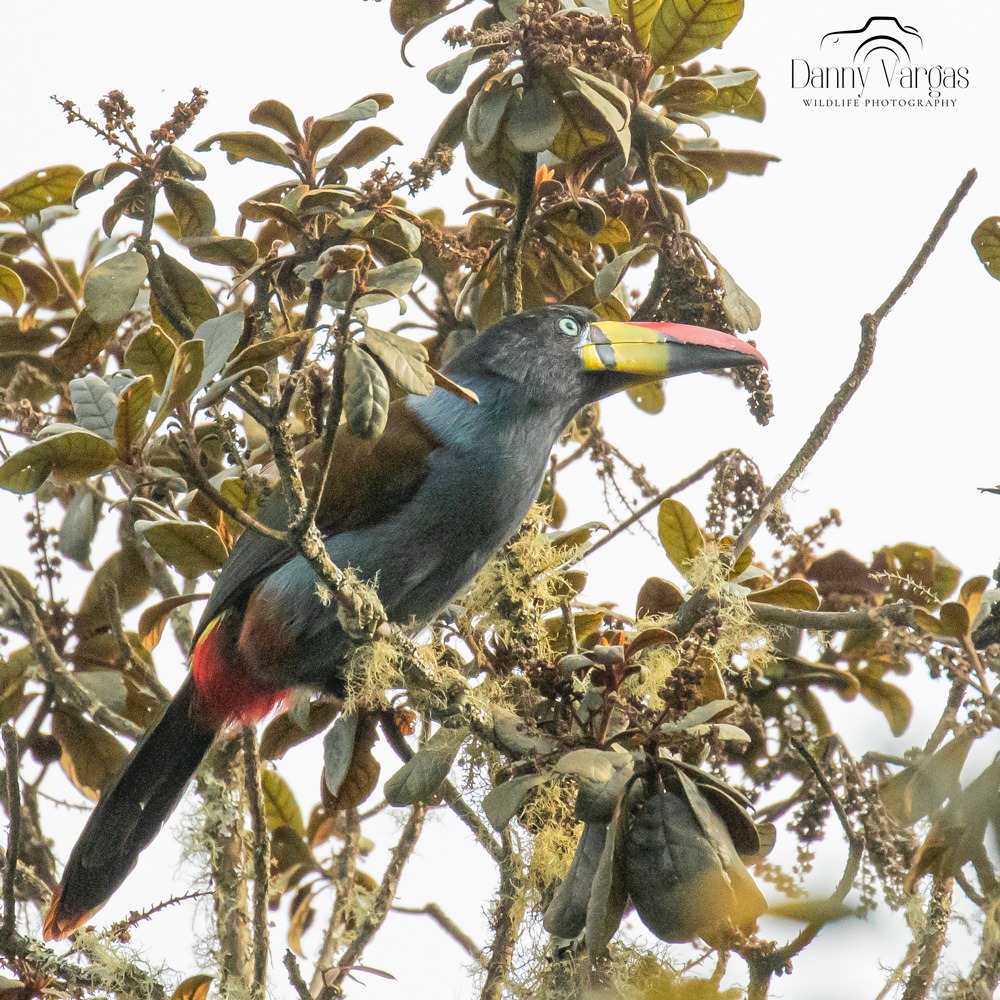
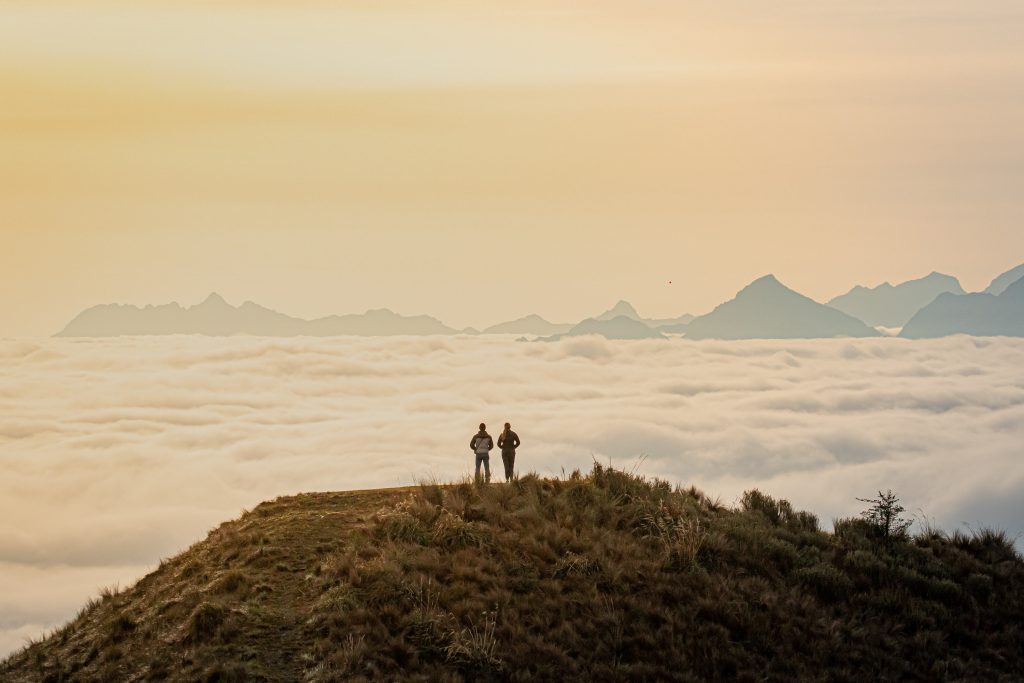
Day 3 Wayqecha – Cock-of-the-Rock lodge (5,000 ft)
After breakfast we drove down the road, since we covered almost all the targets in the upper Manu Road, we headed towards our next lodge and do birding in Manu Road. At lower elevations, the cloud forests holds larger number of birds and more members in the mixed flocks; since the first flock, the forest showed lots of colorful birds, Yellow-throated Tanager, Saffron-crowned Tanager, Versicolored (Blue-moustached) Barbet, Crimson Mantled Woodpecker, Handsome and Ochraceous-breasted Flycatcher, Slaty-backed (Maroon-belted) Chat-tyrant, Solitary Eagle and the charming Golden-headed Quetzal among others. Close to the lodge, at mid morning, we saw flying a female of the magnificent Black and Chestnut Eagle and after few minutes a male flew across the valley indicating the presence of a potential nest in the area.
After lunch we drove up road to enjoy one of the greatest show in the cloud forest, a Cock-of the Rock Lek, where a dozen males come to display their dance and songs every day, our time here was very pleasent since there is a plataform to see it eye-level.
Down is a great time to look for one of the most spectacular nocturnal birds, Lyre-tailed Nightjar. We look for it in few specific places but it didn´t show up and we unfortunatly missed that night.
Nights at Cock-of-the-Rock lodge are more pleasent since it is warmer.


Day 4 Cock-of-the-Rock lodge (5,000 ft)
We explored the cloud forest around Cock-of-the-Rock lodge where we saw again Andean Cock-of-the Rock several times and mixed flocks of multicolored tanagers. After lunch, we decided to enjoy the garden of the lodge where the hummingbird feeders attract Violet-fronted Brilliant, Booted (Anna´s) Raquet-tail, Wire-crested Thorntail, Many-spotted Hummingbird, Green Hermit and after driving a while down road for Yungas Manakin, Yellow-rumped Antwren and the endemic Peruvian Piedtail. One more night at Cock-of-the-Rock lodge and it´s magical enviroment.
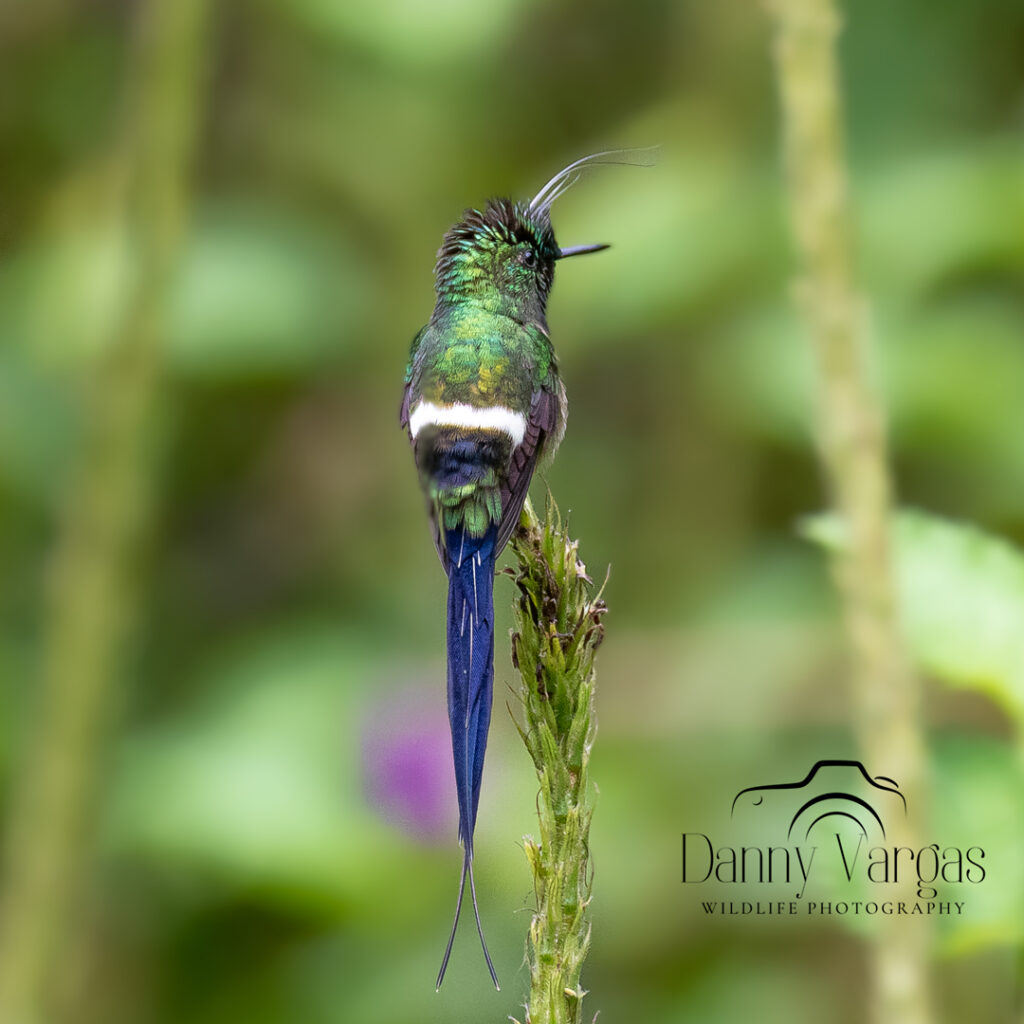
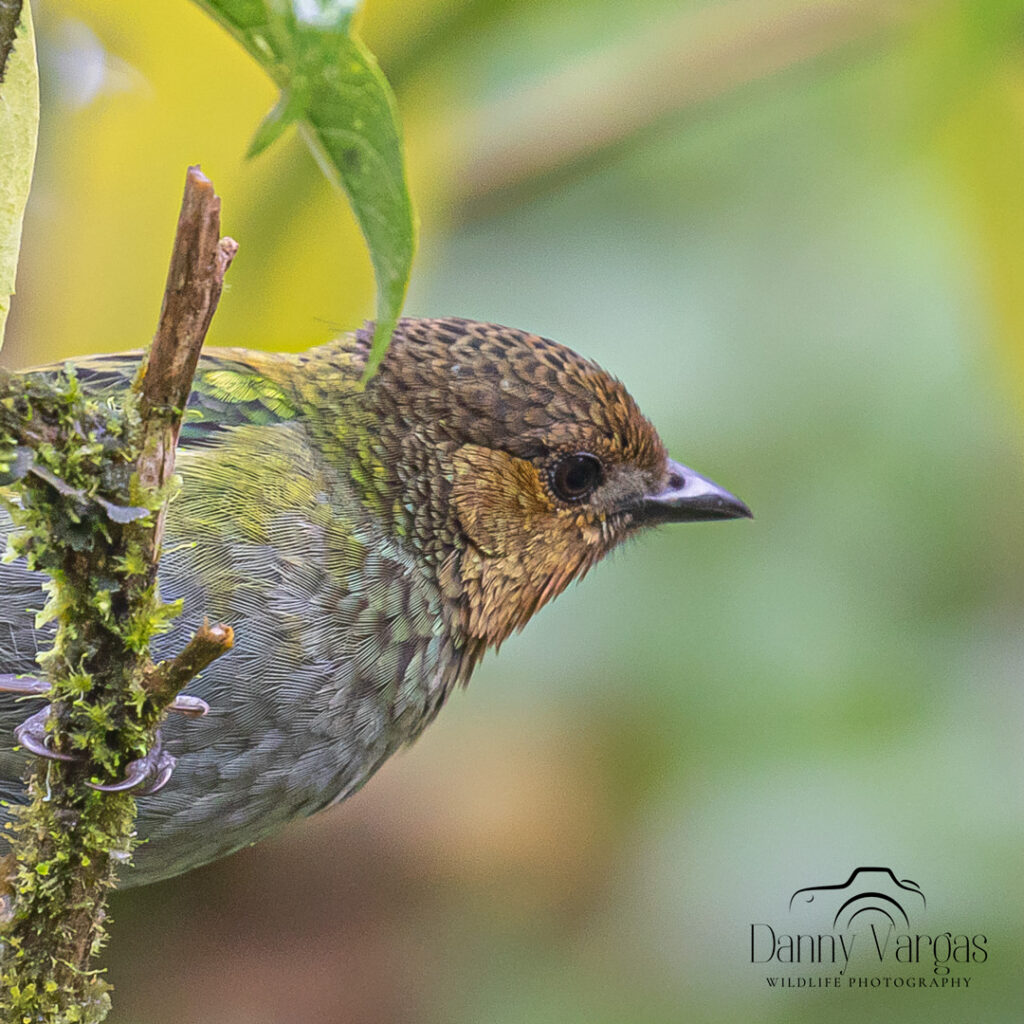
Day 5 Cock-of-the-Rock lodge (5,000 ft)
Day 5 and the last day in Manu, and it was equally impresive, driving up road early we got Ochre-faced Tody-Flycatcher, Capped Conebill, Plumbeous and Band-tailed Pigeon, Common, Short-billed and Yellow throated Chlorospingus, Golden-eyed Flowerpiercer, among others.
After lunch and a resting time we decided to go up road birding in Manu Road, looking for the Black and Chestnut Eagle nest, and after few minutes looking for it in the same place we saw the male and female and we found it right away and enjoyed it through the spotting scope. We couldné even get back to the van because a big troop of Gray Woollie Monkey showed up closet to the road; this species seems to be an isolated andean population of Lagothrix cana and potentially a new species for science. After seen them once again another sound pushed us to move forward because a male and female Crested Quetzal were working in their nest for the season; our second Quetzal in the trip!
We enjoyed our last night at Cock-of-the-Rock lodge, we had to leave the cloud forest of Manu the next mourning.
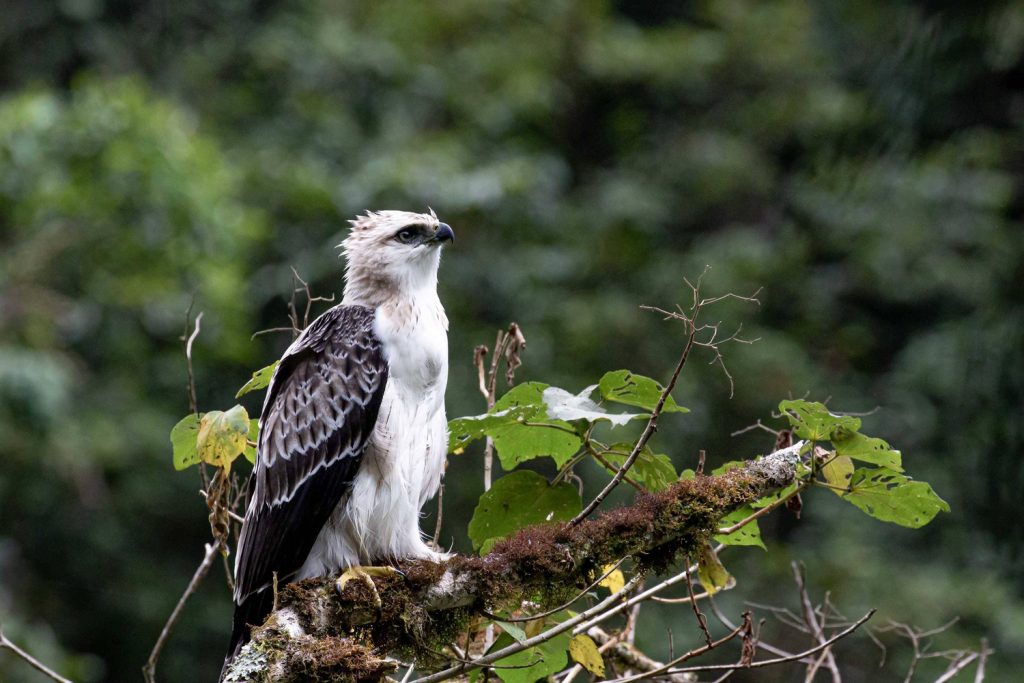

Day 6: COTR – Cuzco
We spend the day on our way back to Cuzco with some birding in the Manu Road uphill, we saved this day for the birds we missed in the way in and we got most of them like Black-streacked Puffbird, Yellow-thorated Tanager and a short stop for lunch at Wayquecha Lodge rewarded us with Long-tailed Sylph, Amethyst-throated Sunangel, Collared (Gould´s) Inca, Chestnut-breasted Coronet, Masked Flowerpiercer, etc at the hummingbird feeder.
We arrived to Cusco at mid afternoon finishing a memorable trip.
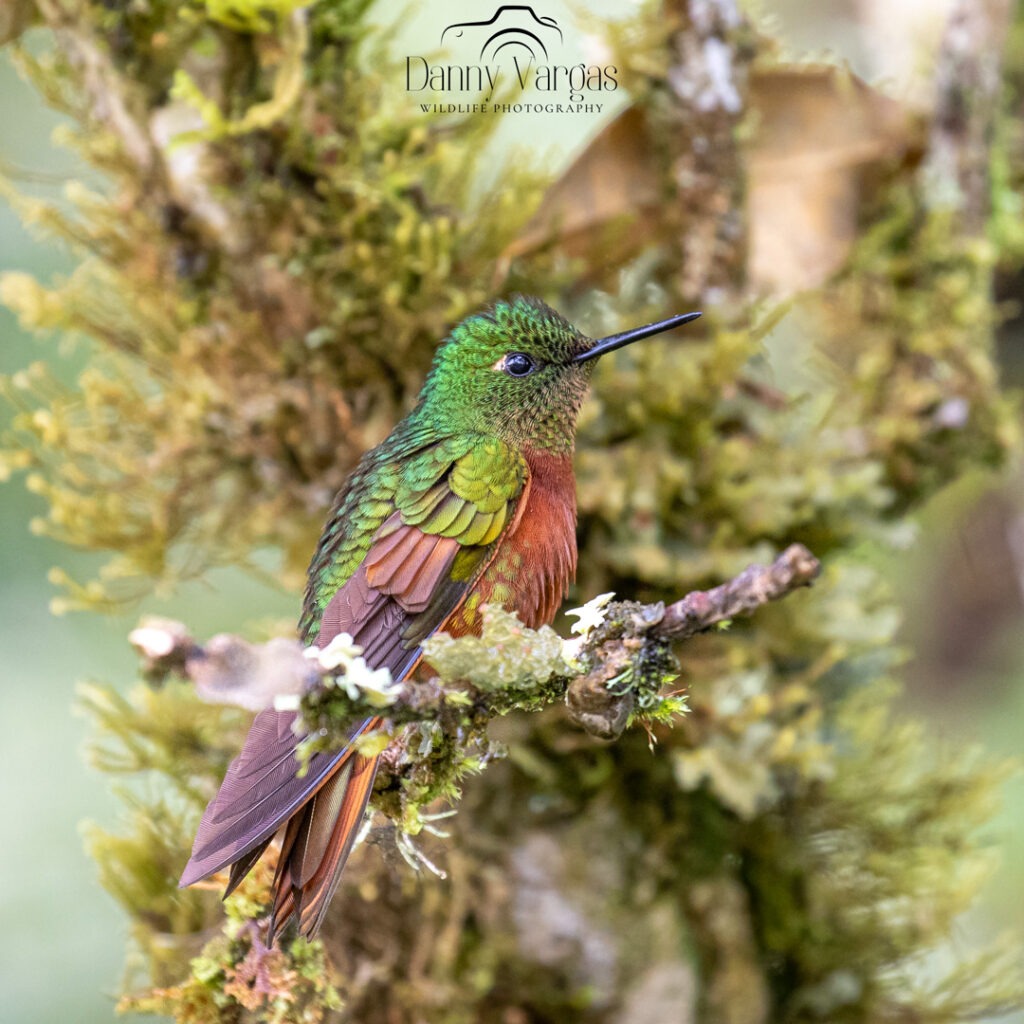
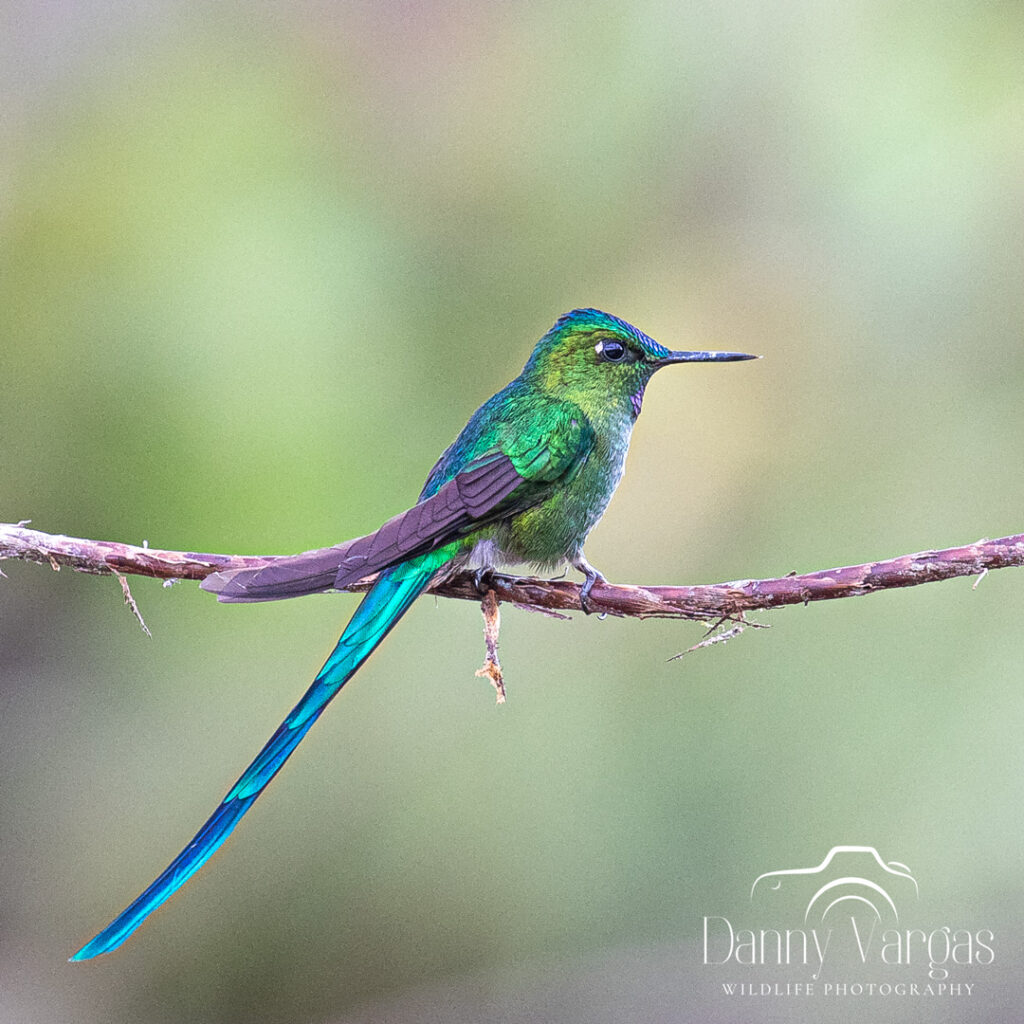
If you want to know some basic tipping guideliness during Birding and Photography Tours, see here.

